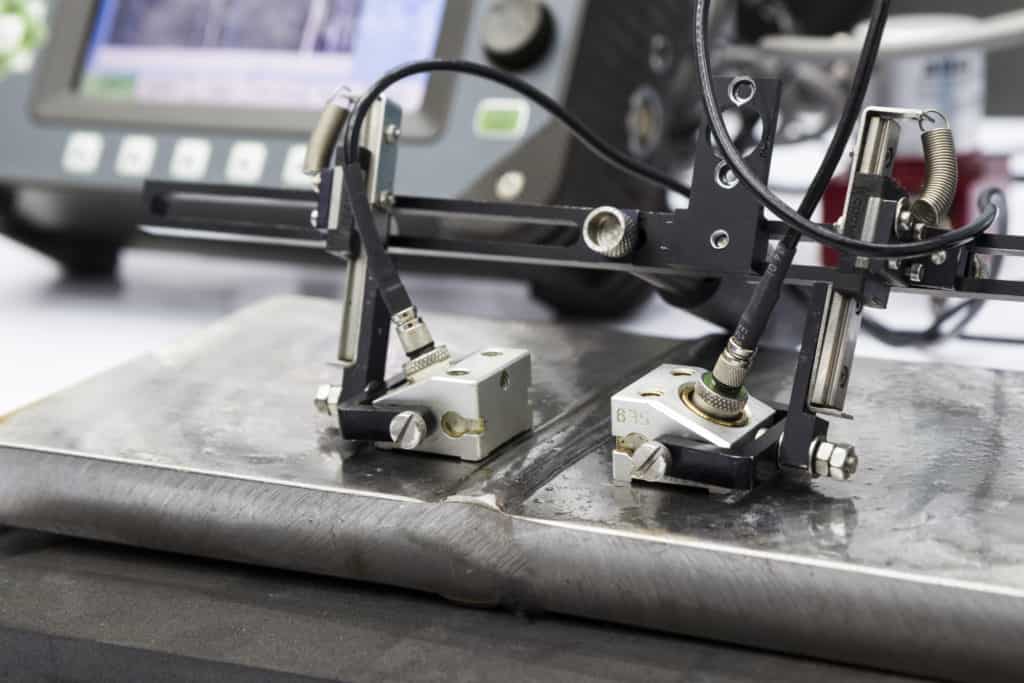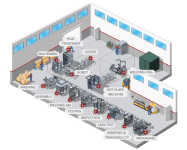What is Ultrasonic Welding?
Ultrasonic welding is a process for joining together thermoplastics and nonferrous metals. Workers carry out this process on ultrasonic welding machines, loading parts into the device automatically. Once loaded, an ultrasonic sonotrode produces high-frequency vibrations to gently melt the two pieces of material together. After finishing the process, the worker then removes the newly formed unit. More than one sonotrode may be used in this process depending on the size and shape of the components being welded.
Advantages of Ultrasonic Welding
Ultrasonic welding’s use of high-frequency vibration provides a safer alternative for joining materials together. Due to the lack of heat required for the process, it does not carry the risk of burning that a torch would. Ultrasonic welding keeps the welding precise by melting only the points necessary to create a near-seamless joint between the two parts.
The ultrasonic welding machines used in these processes are exceptionally user-friendly, robust, and simple to maintain. The parts used on these machines are modular in design, allowing for easy integration and replacement in the event of malfunction. Spare parts are readily available and tested for quality, which significantly decreases equipment downtime and operation standstills.
In terms of manufacturing, ultrasonic welding has many advantages in relation to automation. Ultrasonic welding machines have a high processing speed that prioritizes efficiency without compromising on the quality of finished products. Depending on the complexity of the weld, cycle times can easily reach up to 60 cycles per minute and beyond with individual welding times lasting between 80 and 450 milliseconds. Additionally, the lack of a warm-up period for an ultrasonic welding machine means less time spent waiting for a machine to be ready for use.
When is Ultrasonic Welding Needed?
The main use for automated ultrasonic welding is the joining of plastics, particularly for electronic connector assemblies and other high frequency/high energy applications. Ultrasonic welding is gentle enough to work with both harder plastics and more delicate materials like foam. This makes it possible to join together different parts that might otherwise be destroyed with other bonding methods. Additionally, assemblies involving soft metals or those with lower melting points can benefit as well, as the low temperature of ultrasonic welding is less likely to damage the material or cause it to undergo undesirable reactions.
Learn More Today
The uses and benefits of ultrasonic welding are quite numerous, offering a safe and simple way to join soft or rigid plastics and other materials such as foam and nonferrous metals. Ultrasonic welding machines are designed for quality output and easy upkeep, ensuring smooth operations with minimal downtime.
Advanced Manufacturing Development is one of the premier companies providing made-to-order turnkey welding automation packages. We tailor each order to the needs of the customer, and we are able to make modifications to equipment and programming as desired, with features like touch screens, camera systems, and much more available upon request.
For more information, or to get started on your automated ultrasonic welding solution, contact us today.


